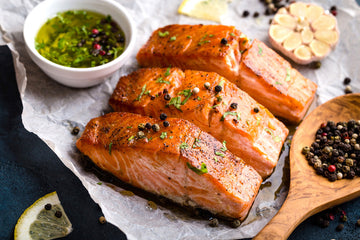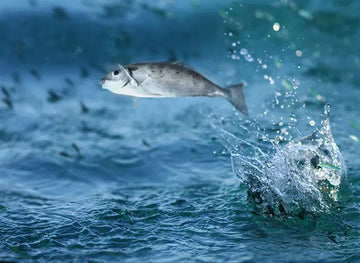Food items are usually classified as less perishable, moderately perishable and highly perishable in order to understand their perishable nature. Cereals, nuts and grains are included in the less perishable and more stable category. Vegetables are moderately perishable and seafoods are highly perishable food items.
Seafood like fish is less stable because of their high moisture content and availability of nutrients for the growth of microorganisms. Ambient temperature plays a crucial role to alter the stability of a product. Highly perishable foods like fish have low tolerance to ambient temperature, while moderately perishable items like fruits and vegetables have increased tolerance and non-perishable items are least affected.
The Fish that reach our kitchens lack transparency about contamination and decay, and the damage they do is not visible to our eyes. The freshly caught fish will be almost free from bacteria but the surface slime, gills and intestine may contain a considerable load of bacteria.
When the fish is dead, these bacteria start attacking the flesh causing spoilage and produce undesirable compounds. The nature and type of bacteria present in a fish depends upon the water from where it is caught and methods used for handling of the fish after its catch.
![]()
- Our oceans, seas and river bodies are increasingly contaminated by industrial wastes and plastics. Fish that grow in these waters invariably contain toxic metals like Mercury, Cadmium and Lead, that are harmful to human beings.
- Usage of hormones and antibiotics in fish farms affect the immune system of human beings.
- Crude handling of fish before it reaches the consumers results in oxidation and deterioration of its nutrient value.
- Lack of optimal cold chain during transporting and storage causes substantial decay to the fish muscles.
- In the absence of a cold chain, many traders resort to using harmful substances to preserve fish.
- Ice used from contaminated water sources infects the fish meat with disease causing microbes like E-coli.
- Freezing fish for a longer shelf life affects the taste of the fish. Several ‘water soluble vitamins’ present in the fish are lost while thawing frozen fish in water.




